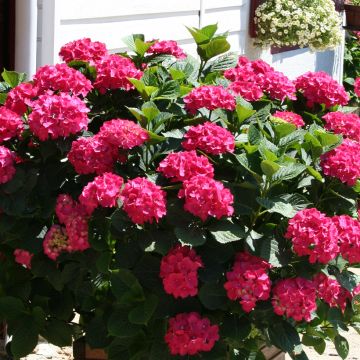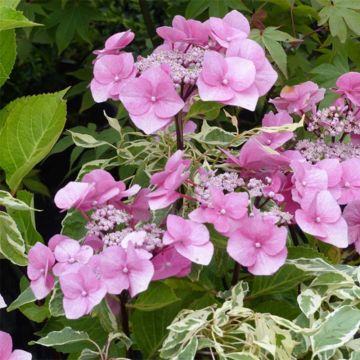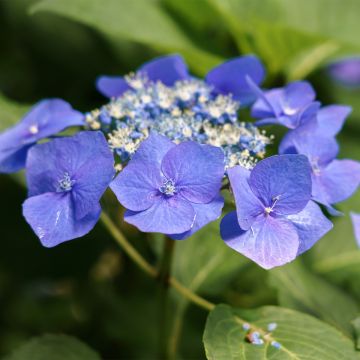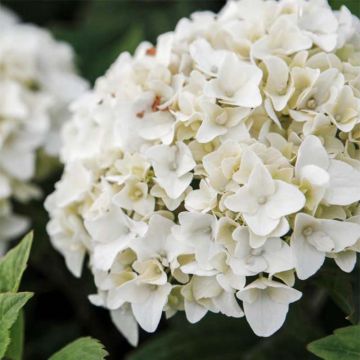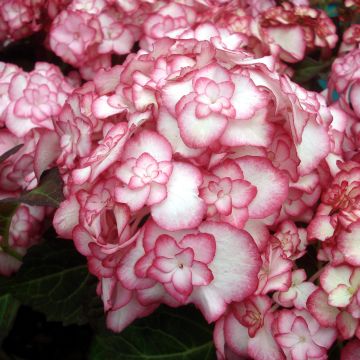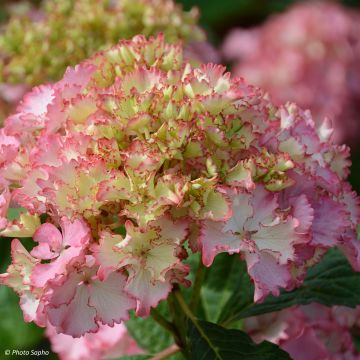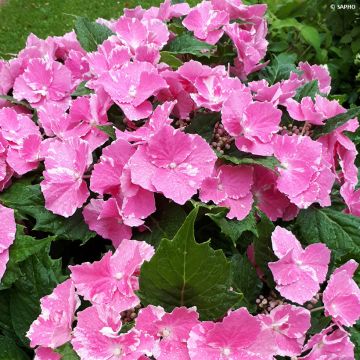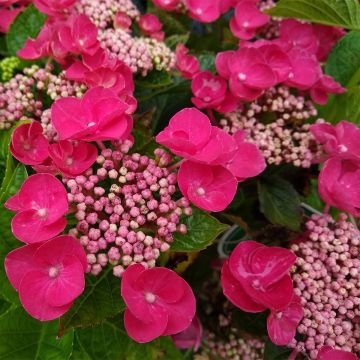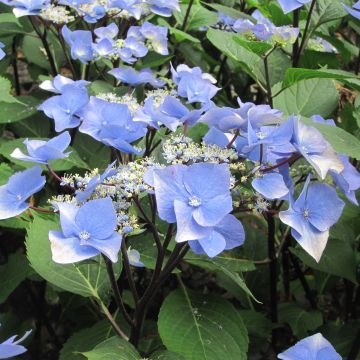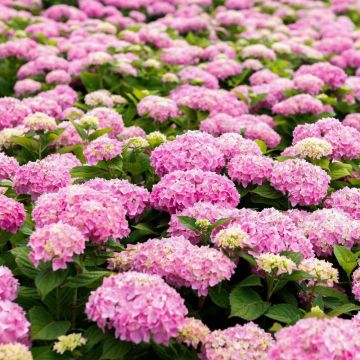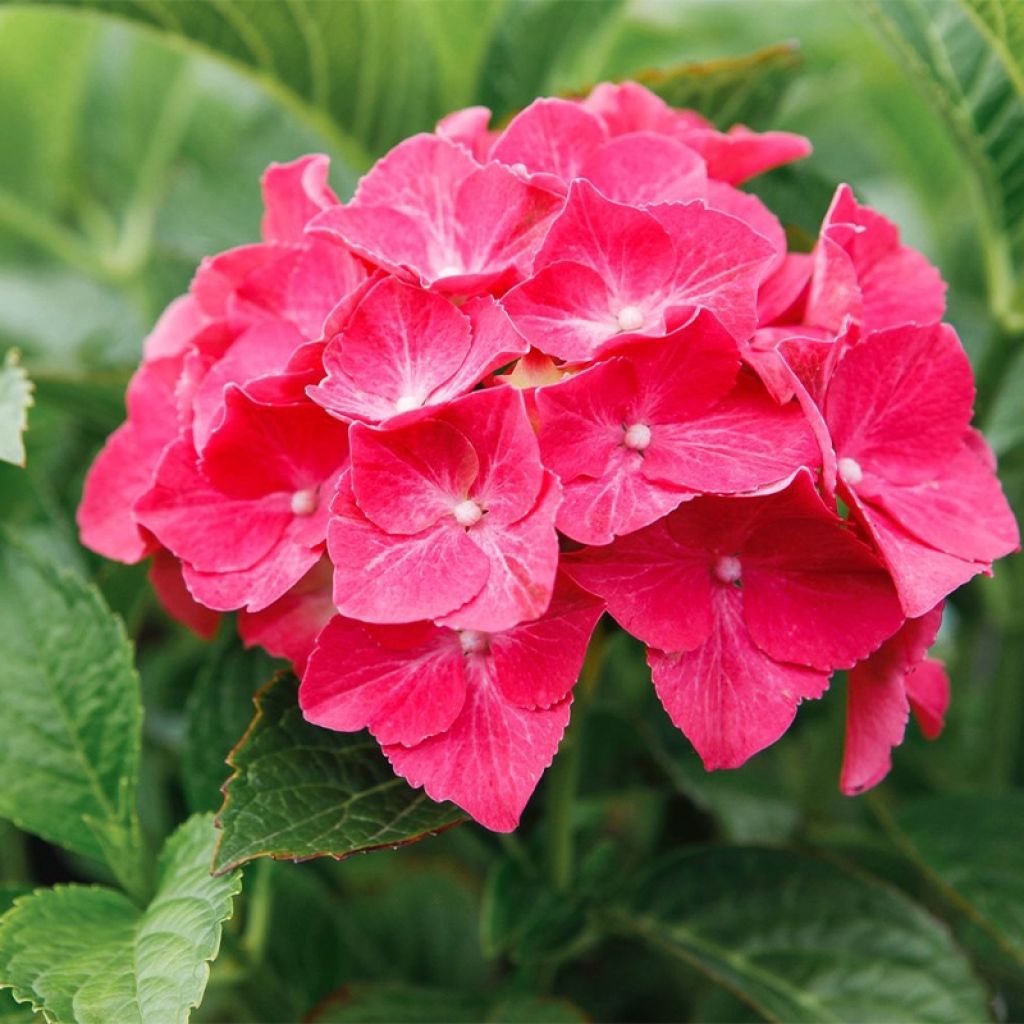

Hydrangea macrophylla Alpenglühen
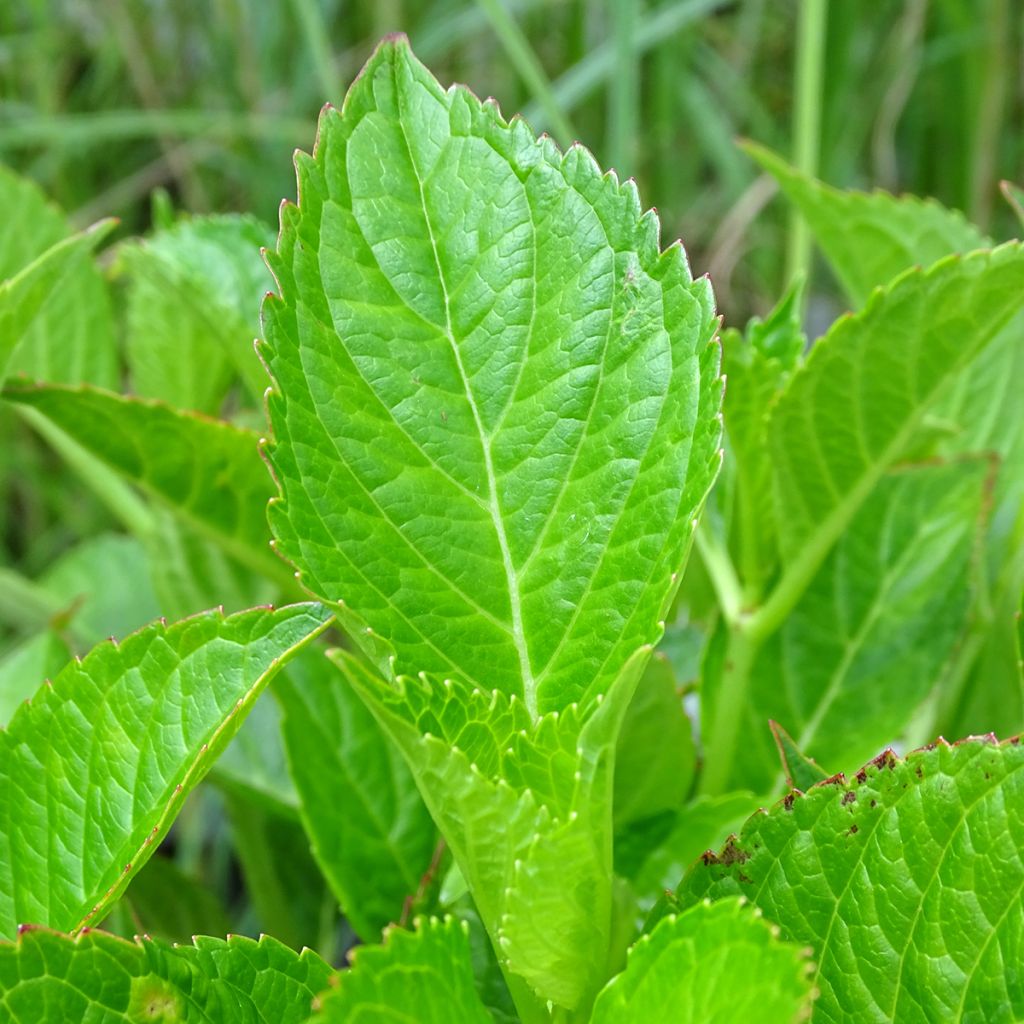

Hydrangea macrophylla Alpenglühen
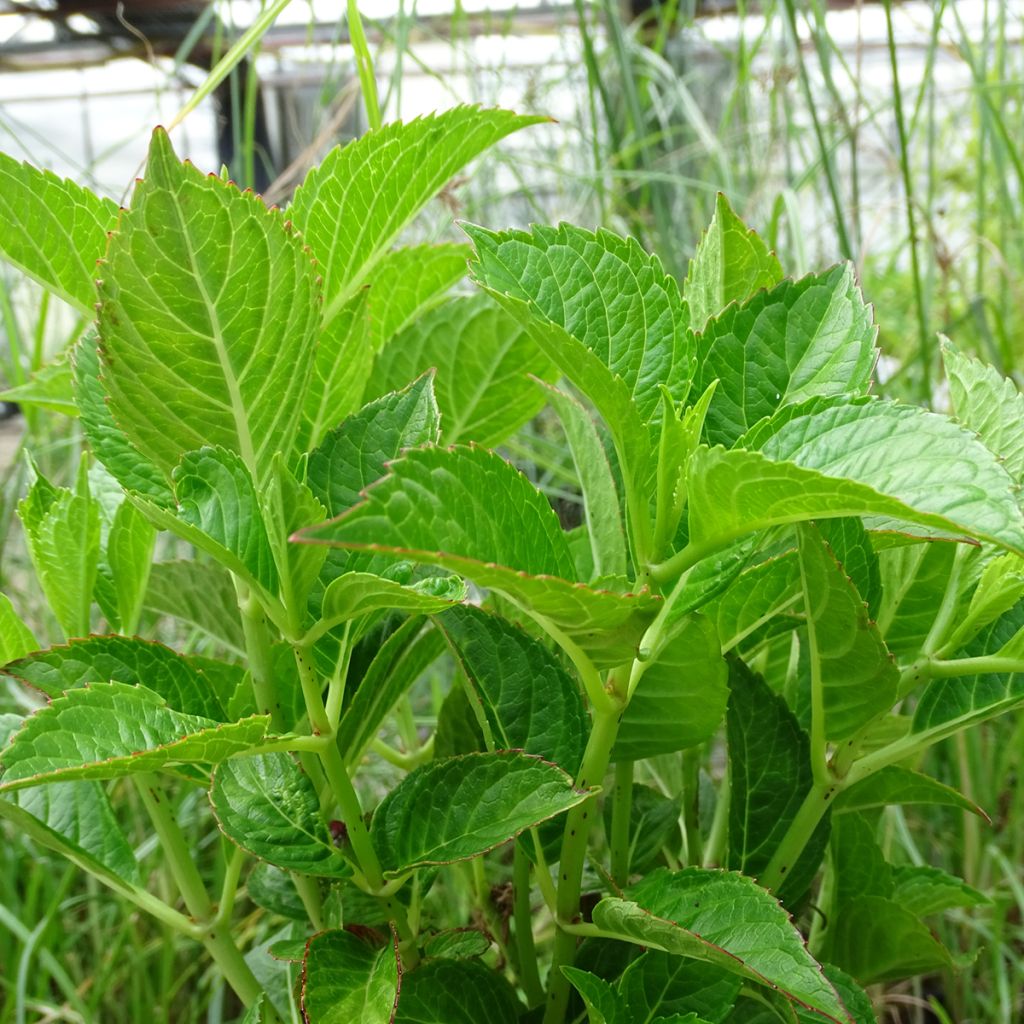

Hydrangea macrophylla Alpenglühen


Hydrangea macrophylla Alpenglühen
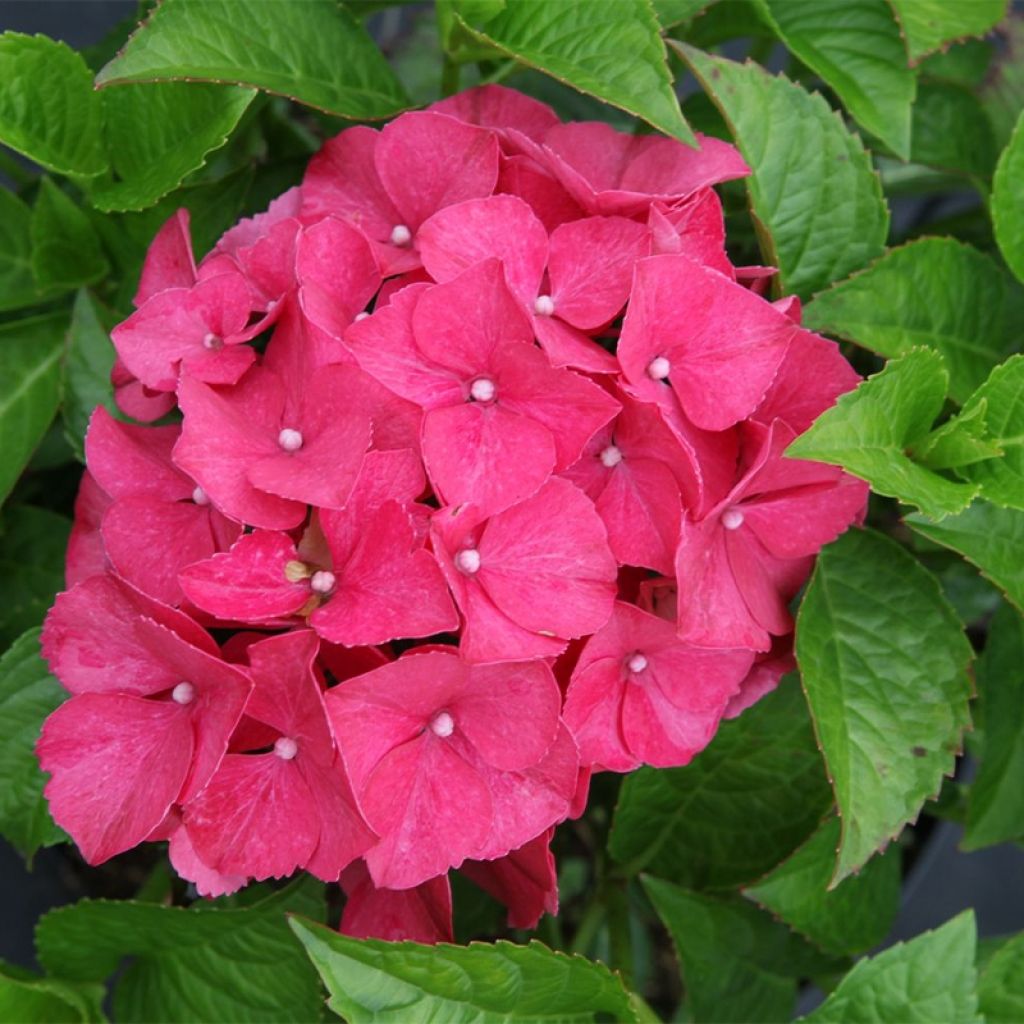

Hydrangea macrophylla Alpenglühen
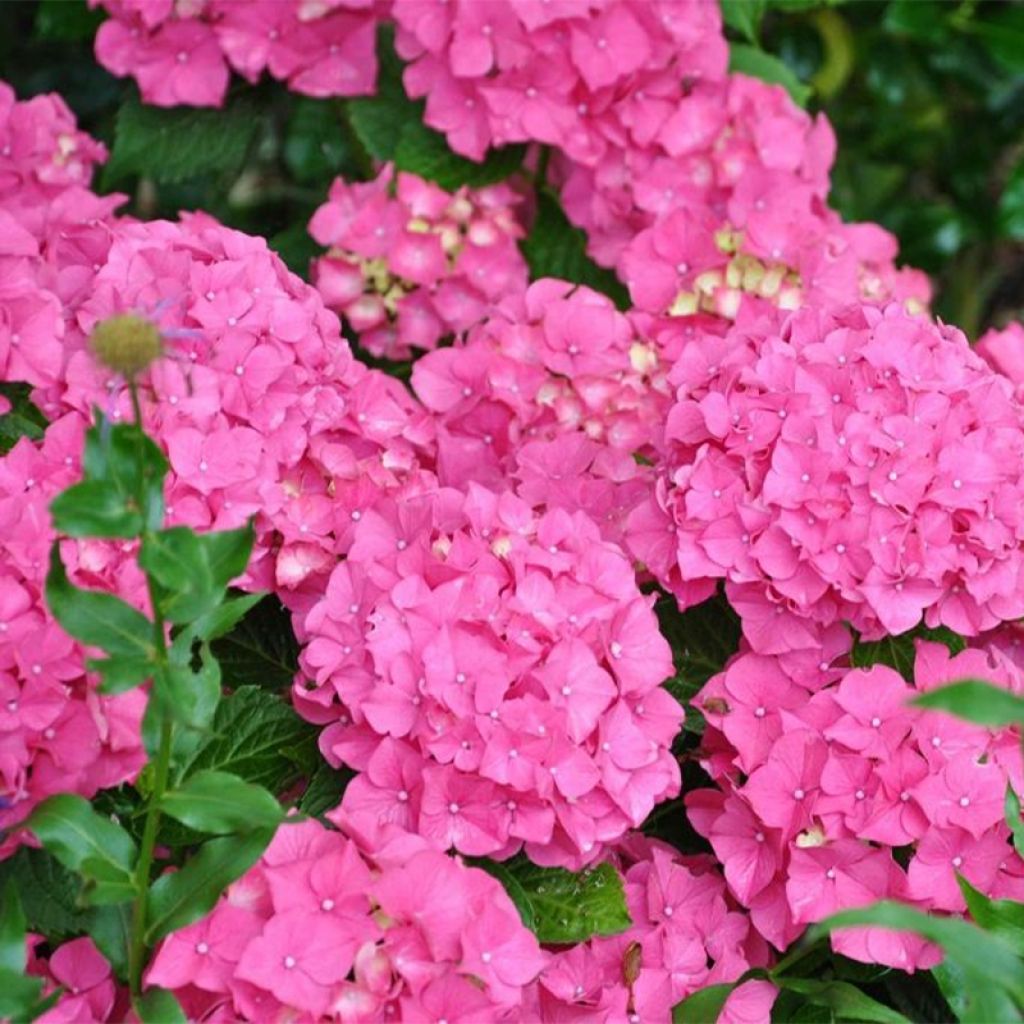

Hydrangea macrophylla Alpenglühen


Hydrangea macrophylla Alpenglühen
Hydrangea macrophylla Alpenglühen
Hydrangea macrophylla Alpenglühen
Bigleaf Hydrangea, French Hydrangea, Mophead Hydrangea
This item cannot be shipped to the selected country
Delivery charge from €5.90
Delivery charge from €5.90
More information
Schedule delivery date,
and select date in basket
This plant carries a 24 months recovery warranty
More information
We guarantee the quality of our plants for a full growing cycle, and will replace at our expense any plant that fails to recover under normal climatic and planting conditions.
From €5.90 for pickup delivery and €6.90 for home delivery
Express home delivery from €8.90.
From €5.90 for pickup delivery and €6.90 for home delivery
Express home delivery from €8.90.

Does this plant fit my garden?
Set up your Plantfit profile →
Description
Hydrangea macrophylla 'Alpenglühen' is a variety of hydrangea that probably has the largest inflorescences among the big-leaf hydrangeas. Its big, slightly flattened heads of crimson red attract attention from a great distance. Its glossy medium green foliage provides a perfect backdrop for this flowering. This beautiful and easy-to-grow bush will thrive in neutral to acidic soil and in partially shaded areas, whether planted alone or in the heart of a mixed border.
Hydrangea macrophylla is a deciduous bush native to Japan, where its beauty has been appreciated for centuries and mentioned in poems dating back to the 8th century! In a country that attaches great importance to plants, festivals are even dedicated to this bush. Hydrangeas belong to the Hydrangeaceae family, which they gave their name to, and which includes other ornamental genera.
'Alpenglühen' is a variety that shines with its flowering, literally meaning "glowing of the Alps". In summer, it blooms for about 6 weeks, between July and September, producing very large inflorescences that can reach up to 25 cm (9.8 in) in diameter. These crimson balls are composed of numerous single florets, giving them a very romantic appearance. A medium-sized bush, reaching about 1.5 m (4.9 ft) in height and 1.3 m (4.3 ft) in width, it has an average growth rate of 15 cm to 25 cm (5.9 in to 9.8 in) per year. Like all Hydrangea macrophylla, this bush is not strictly a plant for acid soil, but it prefers neutral to acidic soils, while tolerating some limestone (in this case, make sure to enrich the soil with acidic compost mixed with the original soil). It will thrive in partially shaded to shaded areas in warm climates, and it will appreciate regular watering in summer, as it doesn't like drought (both in the soil and in the atmosphere), which can cause its leaves to wilt. This bush, with its long summer flowering, is quite hardy (-20° C (-4 ° F) or lower). Severe frost can damage the tips of the branches, but they easily regrow after pruning in spring. Easy to cultivate, it can live for a very long time.
'Alpenglühen', a classic addition to borders, is a generous plant that will make a big impact in the garden, whether planted alone or in combination with other flowering shrubs that prefer non-limestone soils. Choose plants with staggered flowering throughout the year to complement the flowering of this hydrangea. You can also create a romantic atmosphere by pairing it with the charming Magnolia 'Susan' and its springtime purple-pink blooms. A beautiful Deutzia magnifica with white flowers from May to July will provide a transition with our hydrangea. And to finish the year in beauty, a Camellia sasanqua with its fully open petals and bouquet of yellow stamens will be perfect.
Report an error about the product description
Hydrangea macrophylla Alpenglühen in pictures
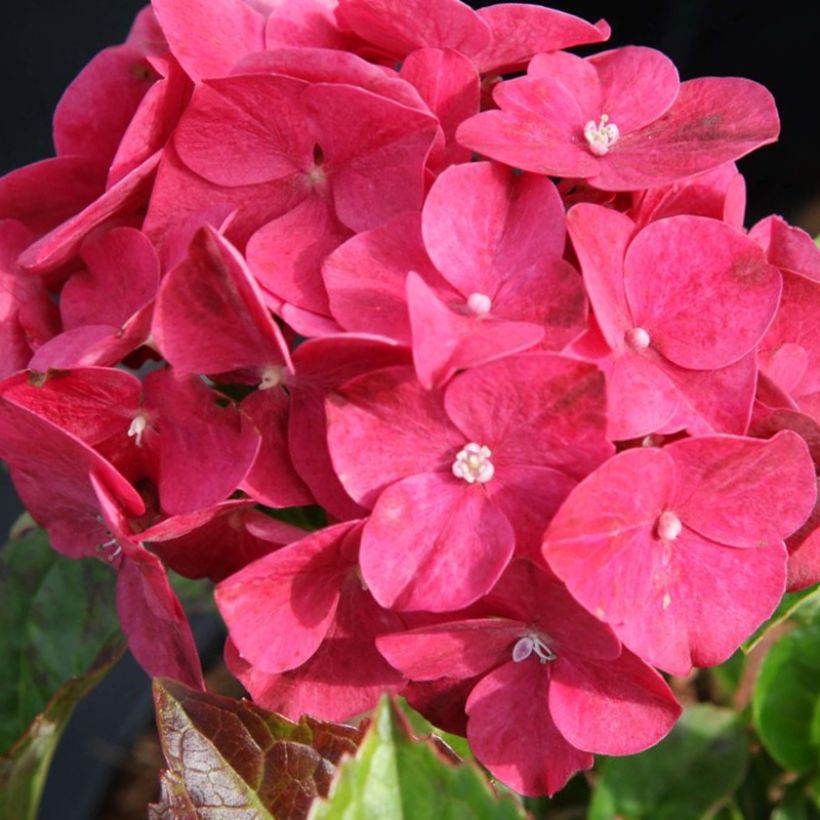

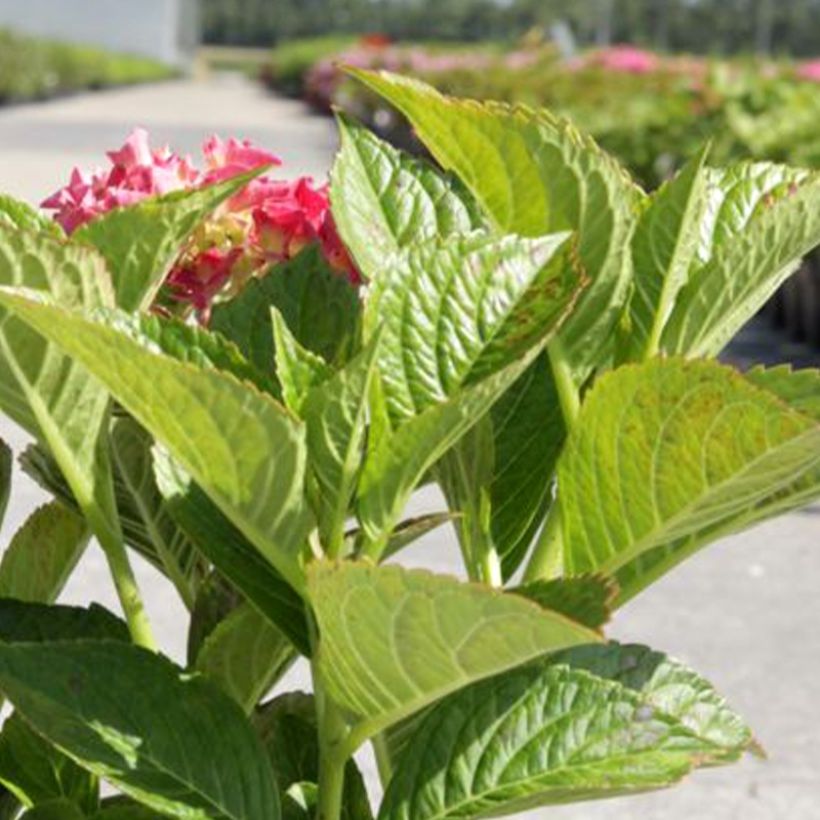



Plant habit
Flowering
Foliage
Botanical data
Hydrangea
macrophylla
Alpenglühen
Hydrangeaceae
Bigleaf Hydrangea, French Hydrangea, Mophead Hydrangea
Cultivar or hybrid
Other Hydrangea Macrophylla
Planting and care
Plant in spring or early autumn, preferably in a slightly shaded position, for example against an east-facing wall, or even to the north. In very cold regions, it may be wise to protect its stump with a thick mulch. Keep it sheltered from cold and drying winds. It does not necessarily require ericaceous soil, but appreciates deep, cool, well-drained and fairly fertile soil. In poor soil, enrich with a good base fertiliser before planting, and mix the existing soil with a substrate containing some compost.
If planting at the base of a wall and the soil is dry, place the root ball at least 30 cm to 40 cm (11.8 in to 15.7 in) away from it and incorporate a significant amount of well-decomposed compost to better retain moisture in the soil. After planting, beware of slugs, which are quite fond of young leaves. Very hardy, it can be planted in cold regions without fear. Water regularly in hot periods to prevent the foliage from wilting during dry spells.
Planting period
Intended location
Care
-
, onOrder confirmed
Reply from on Promesse de fleurs
Haven't found what you were looking for?
Hardiness is the lowest winter temperature a plant can endure without suffering serious damage or even dying. However, hardiness is affected by location (a sheltered area, such as a patio), protection (winter cover) and soil type (hardiness is improved by well-drained soil).

Photo Sharing Terms & Conditions
In order to encourage gardeners to interact and share their experiences, Promesse de fleurs offers various media enabling content to be uploaded onto its Site - in particular via the ‘Photo sharing’ module.
The User agrees to refrain from:
- Posting any content that is illegal, prejudicial, insulting, racist, inciteful to hatred, revisionist, contrary to public decency, that infringes on privacy or on the privacy rights of third parties, in particular the publicity rights of persons and goods, intellectual property rights, or the right to privacy.
- Submitting content on behalf of a third party;
- Impersonate the identity of a third party and/or publish any personal information about a third party;
In general, the User undertakes to refrain from any unethical behaviour.
All Content (in particular text, comments, files, images, photos, videos, creative works, etc.), which may be subject to property or intellectual property rights, image or other private rights, shall remain the property of the User, subject to the limited rights granted by the terms of the licence granted by Promesse de fleurs as stated below. Users are at liberty to publish or not to publish such Content on the Site, notably via the ‘Photo Sharing’ facility, and accept that this Content shall be made public and freely accessible, notably on the Internet.
Users further acknowledge, undertake to have ,and guarantee that they hold all necessary rights and permissions to publish such material on the Site, in particular with regard to the legislation in force pertaining to any privacy, property, intellectual property, image, or contractual rights, or rights of any other nature. By publishing such Content on the Site, Users acknowledge accepting full liability as publishers of the Content within the meaning of the law, and grant Promesse de fleurs, free of charge, an inclusive, worldwide licence for the said Content for the entire duration of its publication, including all reproduction, representation, up/downloading, displaying, performing, transmission, and storage rights.
Users also grant permission for their name to be linked to the Content and accept that this link may not always be made available.
By engaging in posting material, Users consent to their Content becoming automatically accessible on the Internet, in particular on other sites and/or blogs and/or web pages of the Promesse de fleurs site, including in particular social pages and the Promesse de fleurs catalogue.
Users may secure the removal of entrusted content free of charge by issuing a simple request via our contact form.
The flowering period indicated on our website applies to countries and regions located in USDA zone 8 (France, the United Kingdom, Ireland, the Netherlands, etc.)
It will vary according to where you live:
- In zones 9 to 10 (Italy, Spain, Greece, etc.), flowering will occur about 2 to 4 weeks earlier.
- In zones 6 to 7 (Germany, Poland, Slovenia, and lower mountainous regions), flowering will be delayed by 2 to 3 weeks.
- In zone 5 (Central Europe, Scandinavia), blooming will be delayed by 3 to 5 weeks.
In temperate climates, pruning of spring-flowering shrubs (forsythia, spireas, etc.) should be done just after flowering.
Pruning of summer-flowering shrubs (Indian Lilac, Perovskia, etc.) can be done in winter or spring.
In cold regions as well as with frost-sensitive plants, avoid pruning too early when severe frosts may still occur.
The planting period indicated on our website applies to countries and regions located in USDA zone 8 (France, United Kingdom, Ireland, Netherlands).
It will vary according to where you live:
- In Mediterranean zones (Marseille, Madrid, Milan, etc.), autumn and winter are the best planting periods.
- In continental zones (Strasbourg, Munich, Vienna, etc.), delay planting by 2 to 3 weeks in spring and bring it forward by 2 to 4 weeks in autumn.
- In mountainous regions (the Alps, Pyrenees, Carpathians, etc.), it is best to plant in late spring (May-June) or late summer (August-September).
The harvesting period indicated on our website applies to countries and regions in USDA zone 8 (France, England, Ireland, the Netherlands).
In colder areas (Scandinavia, Poland, Austria...) fruit and vegetable harvests are likely to be delayed by 3-4 weeks.
In warmer areas (Italy, Spain, Greece, etc.), harvesting will probably take place earlier, depending on weather conditions.
The sowing periods indicated on our website apply to countries and regions within USDA Zone 8 (France, UK, Ireland, Netherlands).
In colder areas (Scandinavia, Poland, Austria...), delay any outdoor sowing by 3-4 weeks, or sow under glass.
In warmer climes (Italy, Spain, Greece, etc.), bring outdoor sowing forward by a few weeks.

































